Hydrogen Vs. Battery Buses: A Real-World Analysis For European Transit
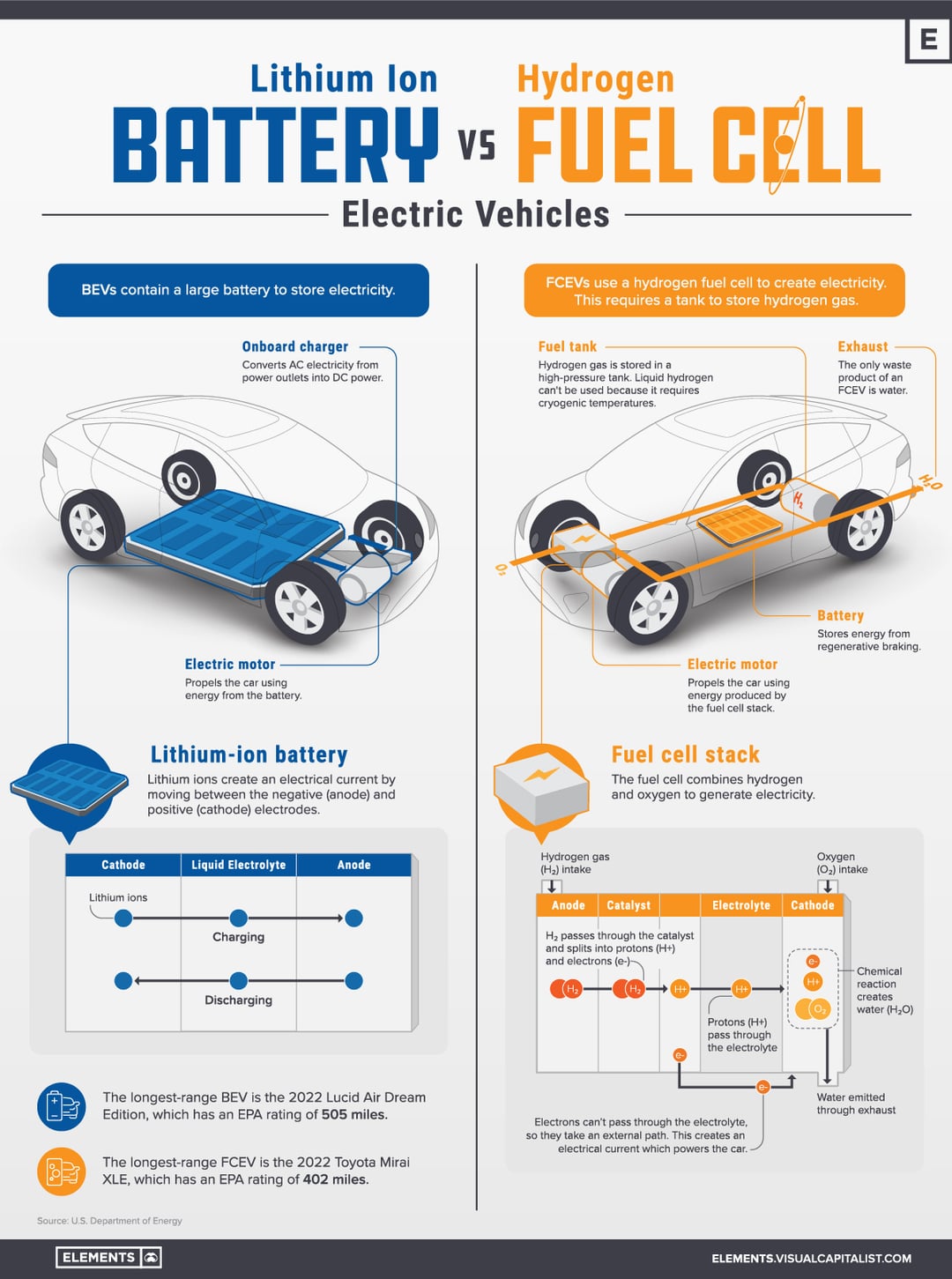
Table of Contents
Operational Range and Refueling Infrastructure
A key differentiator between hydrogen and battery-electric buses lies in their operational range and the supporting infrastructure.
Battery Electric Buses
- Limited Range: Battery electric buses typically boast a range of 200-300 km, significantly influenced by factors such as route topography, passenger load, and weather conditions. This limited range restricts their applicability to certain routes.
- Charging Infrastructure: Overnight charging is the standard for battery electric buses, requiring substantial depot capacity and potentially impacting scheduling flexibility. While rapid charging infrastructure is rapidly developing, it remains less widespread than traditional charging stations, posing a logistical challenge for larger fleets.
- Suitable Applications: Battery electric buses are best suited for shorter routes within urban environments with readily available charging facilities. Their lower initial cost makes them an attractive option for municipalities with existing charging infrastructure.
Hydrogen Buses
- Extended Range: Hydrogen buses offer a significantly longer range, often exceeding 400 km on a single tank of hydrogen. This extended range makes them ideal for longer routes and suburban/rural applications where range anxiety is a major concern.
- Refueling Efficiency: Refueling a hydrogen bus is quick, comparable to refueling a diesel bus. This minimizes downtime and maximizes operational efficiency, a key advantage over battery electric buses.
- Infrastructure Limitations: The major drawback of hydrogen buses is the limited availability of hydrogen refueling infrastructure across Europe. The lack of widespread refueling stations represents a considerable barrier to large-scale adoption. Investing in hydrogen infrastructure is crucial for the success of hydrogen bus deployment.
Environmental Impact and Sustainability
Both hydrogen and battery-electric buses offer substantial reductions in tailpipe emissions compared to diesel counterparts; however, a holistic assessment of their lifecycle environmental impact is necessary.
Lifecycle Emissions
A comprehensive lifecycle assessment (LCA) is crucial for comparing the true environmental footprint of both technologies. This includes evaluating emissions associated with energy production for charging batteries and producing hydrogen, as well as manufacturing processes and end-of-life disposal for both buses.
Green Hydrogen
The environmental benefits of hydrogen buses are directly tied to the method of hydrogen production. "Green" hydrogen, generated from renewable energy sources like wind and solar power, offers truly zero-emission transportation. However, the majority of current hydrogen production relies on fossil fuels, mitigating the environmental advantages.
Battery Production and Disposal
The production and disposal of batteries for electric buses present environmental challenges. Mining of raw materials, manufacturing processes, and battery recycling all contribute to the overall environmental impact. Sustainable battery production and responsible recycling programs are critical to minimizing the ecological footprint of battery electric buses.
Total Cost of Ownership (TCO)
The total cost of ownership is a crucial factor for transit authorities considering zero-emission buses.
Purchase Price
Hydrogen buses currently command a higher initial purchase price compared to battery-electric buses, primarily due to the less mature technology and limited economies of scale.
Operating Costs
Operating costs encompass fuel (hydrogen vs. electricity), maintenance, and infrastructure costs. Fluctuations in energy prices and the cost of hydrogen refueling and battery charging significantly impact the overall TCO.
Subsidies and Incentives
Government subsidies and incentives play a crucial role in shaping the TCO of both hydrogen and battery electric buses. Policies supporting the development of refueling infrastructure and providing financial assistance for purchase and operation can significantly influence adoption rates.
Technological Maturity and Scalability
The technological maturity and scalability of both technologies are critical considerations.
Battery Electric Bus Technology
Battery electric bus technology is more mature, with a wider range of models available from multiple manufacturers. Established supply chains and readily available components contribute to easier scalability.
Hydrogen Bus Technology
Hydrogen bus technology, while rapidly advancing, is still relatively new. Fewer manufacturers currently produce hydrogen buses, and the lack of widespread infrastructure presents a significant challenge to scalability. Increased investment in research and development, as well as infrastructure development, is crucial to overcoming these hurdles.
Conclusion
The choice between hydrogen and battery-electric buses for European transit hinges on a complex interplay of factors. Battery-electric buses represent a mature technology ideal for urban routes with readily available charging infrastructure. Hydrogen buses, with their longer range and faster refueling, offer a compelling alternative for longer routes and areas lacking robust charging networks. A holistic approach considering total cost of ownership, environmental impact (including lifecycle assessments), and the development of supporting infrastructure is essential for successful implementation of either technology. Further research and significant investment in both technologies, especially in green hydrogen production and refueling infrastructure, are vital for achieving a truly decarbonized public transportation system in Europe. Choosing between hydrogen vs. battery buses requires a careful evaluation of your specific needs and context.

Featured Posts
-
 Adames Walk Off Hit Highlights Giants Home Opener Victory
May 07, 2025
Adames Walk Off Hit Highlights Giants Home Opener Victory
May 07, 2025 -
 Cavs Vs Grizzlies Injury News What To Know Before The March 14th Game
May 07, 2025
Cavs Vs Grizzlies Injury News What To Know Before The March 14th Game
May 07, 2025 -
 Alkhtwt Almlkyt Almghrbyt Tkhtt Lzyadt Edd Rhlatha Byn Albrazyl Walmghrb
May 07, 2025
Alkhtwt Almlkyt Almghrbyt Tkhtt Lzyadt Edd Rhlatha Byn Albrazyl Walmghrb
May 07, 2025 -
 Rudy Gobert Absence Impact On Jazz Game Against Rockets With Edwards And Conley
May 07, 2025
Rudy Gobert Absence Impact On Jazz Game Against Rockets With Edwards And Conley
May 07, 2025 -
 A Las Vegas John Wick Adventure Play The Part Of Baba Yaga
May 07, 2025
A Las Vegas John Wick Adventure Play The Part Of Baba Yaga
May 07, 2025
Latest Posts
-
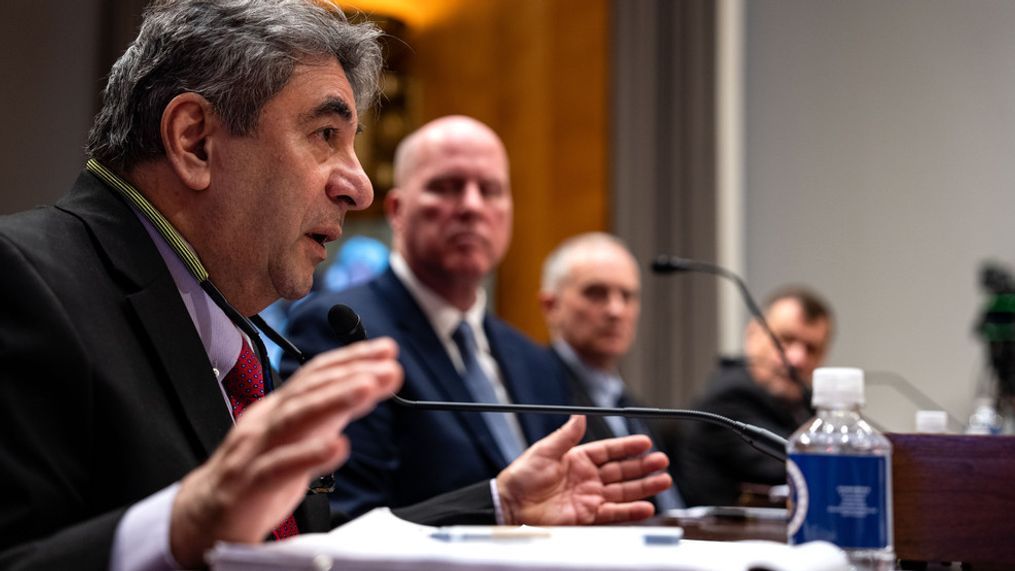 Antisemitism Allegations Prompt Investigation At Boeing Seattle Campus
May 08, 2025
Antisemitism Allegations Prompt Investigation At Boeing Seattle Campus
May 08, 2025 -
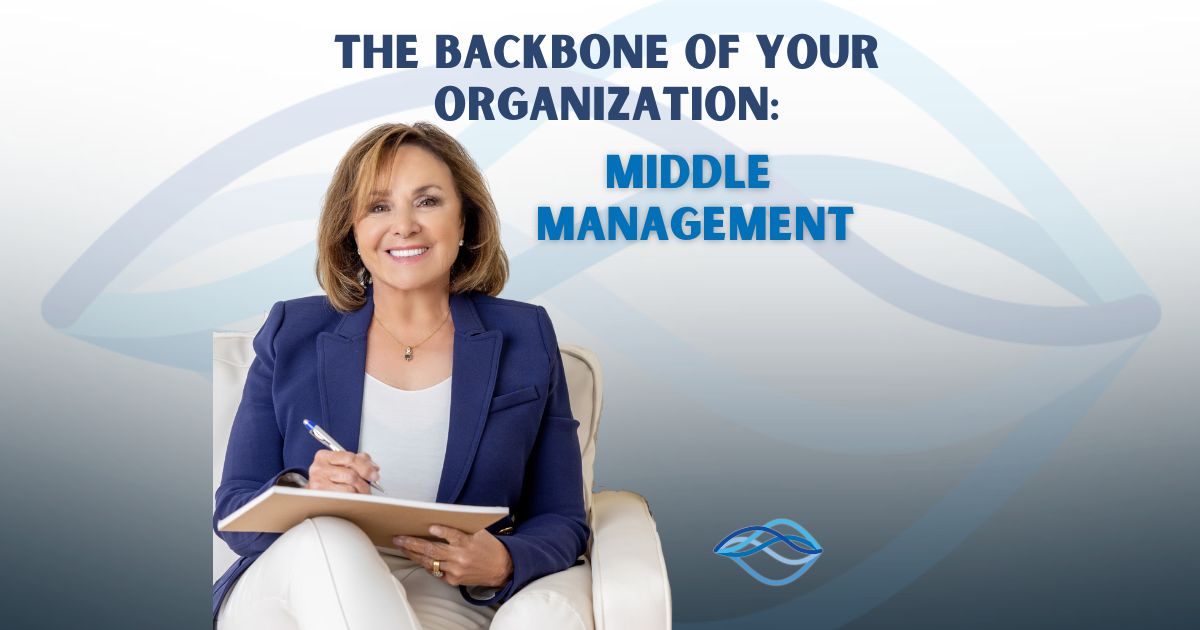 The Crucial Role Of Middle Managers In Employee Development And Company Growth
May 08, 2025
The Crucial Role Of Middle Managers In Employee Development And Company Growth
May 08, 2025 -
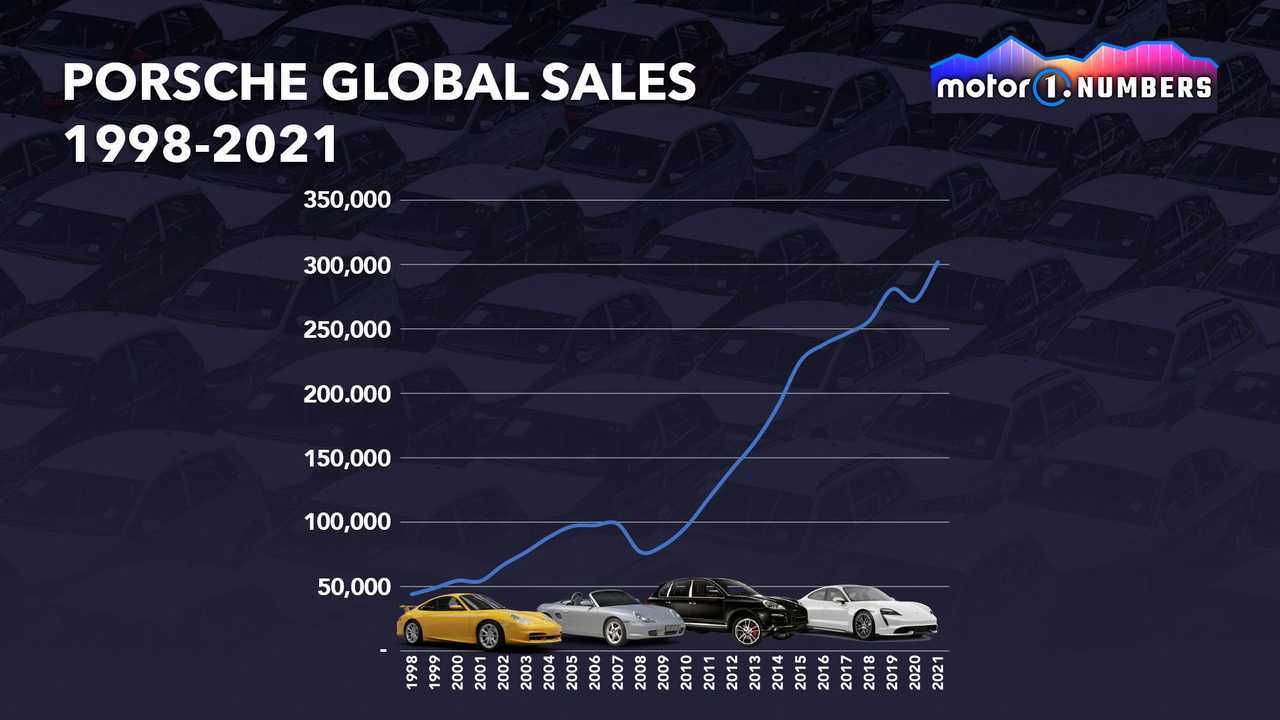 Chinas Impact On Bmw And Porsche Market Share And Future Prospects
May 08, 2025
Chinas Impact On Bmw And Porsche Market Share And Future Prospects
May 08, 2025 -
 Investigation Into Antisemitic Incidents At Boeings Seattle Campus
May 08, 2025
Investigation Into Antisemitic Incidents At Boeings Seattle Campus
May 08, 2025 -
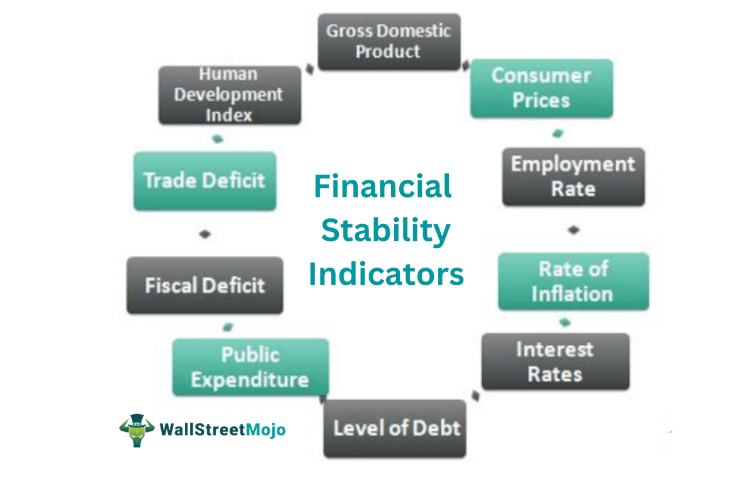 Taiwan Dollar Surge Implications For Economic Restructuring
May 08, 2025
Taiwan Dollar Surge Implications For Economic Restructuring
May 08, 2025
